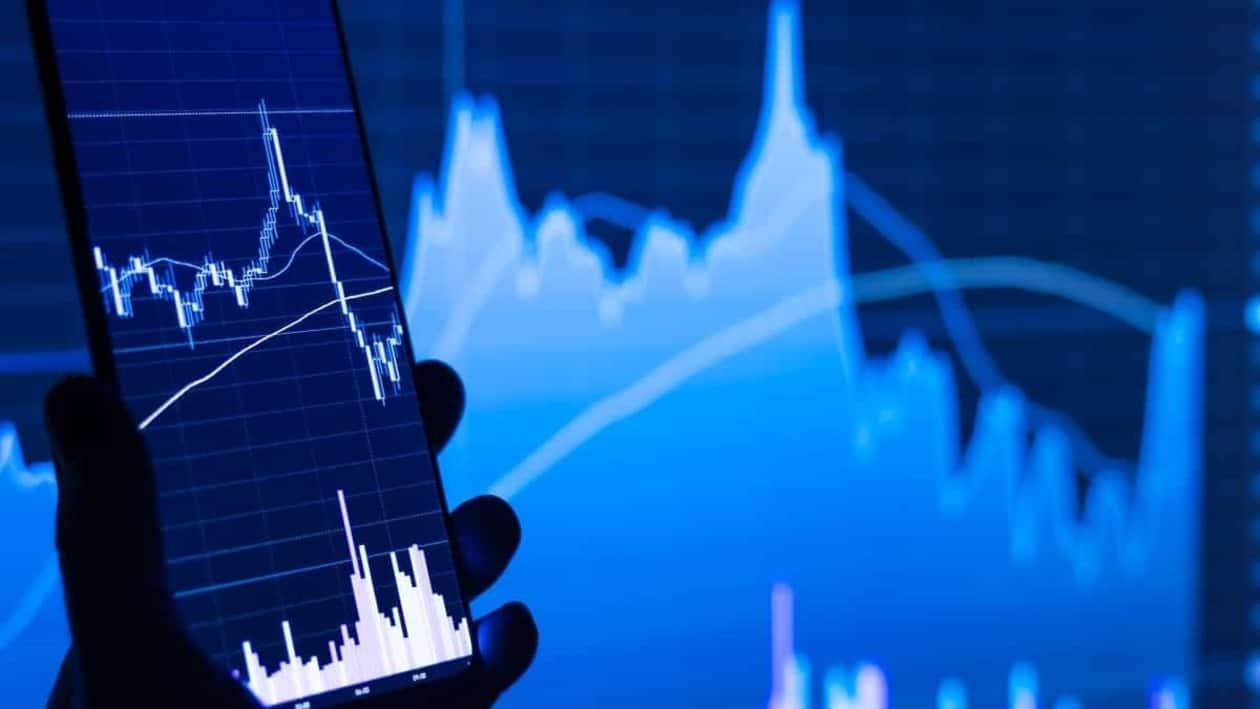The Organization for Economic Cooperation and Development (OECD) on March 22 said India’s real gross domestic product (GDP) may come at 5.5 percent in FY24, lower than 8.1 percent in FY23.
"After the second infection wave that peaked in May, the recovery is gaining momentum and GDP is projected to grow at 9.4 percent in fiscal year (FY) 2021-22 before reverting to 8.1 percent in FY 2022-23 and 5.5 percent in FY 2023-24," said OECD.
The international economic organisation pointed out that the country's inflation has remained close to the upper band of the Reserve Bank of India (RBI), but should ebb as supply chain disruptions are overcome.
"Financial markets remain strong and capital inflows support the build-up in reserves. The appearance of a new virus variant, especially if combined with a relaxation of attitudes, is the major downside risk, together with a less supportive global economic and financial environment," said OECD.
OECD pointed out that the pandemic is receeding which is a relief. Rapid vaccination exercise helps in containing the pandemic as by mid-November, more than one Indian out of four was fully vaccinated. Consequently, the economic shock was weaker than the 2020 wave. OECD finds the macroeconomic policy mix well-balanced and the RBI looks ready to take action if inflation begins to hit wages and core prices.
"Since the summer of 2021, growth has rebounded, pulled by exports, consumer demand and, more importantly, a very strong base effect," said OECD.
"However, despite the economic recovery, GDP is still far from the pre-crisis level. Economic activity is supported by the increasing pace of vaccination, which is boosting consumers' sentiment, and the inflation slowdown, which protects purchasing power," OECD added.
In the medium term, however, OECD believes uncertainty over employment and earnings prospects will slow down the revival of households' consumption. Growth will be uneven. The economic outlook for FY24 may deteriorate due to the lingering negative legacy of Covid-19 on key growth drivers such as business investment in new machinery.
Slashers All Around
Meanwhile, global rating agency Fitch Ratings has cut its growth forecast for India for FY23 to 8.5 percent (-1.8pp) on sharply higher energy prices.
It has also cut its global growth forecast highlighting that elevated inflation in the wake of a sharp rise in commodity prices, thanks to the Ukraine war, is a big risk for the global economy.
"Inflation challenges and supply shocks could take a much heavier toll on world GDP growth if they prompt much more abrupt Fed tightening, push oil prices to $150 a barrel (bbl) and result in significant eurozone energy rationing," said Fitch Ratings.
Morgan Stanley has slashed India's economic growth forecast by 50 basis points to 7.9 percent for the financial year 2022-23. Furthermore, the US investment bank and financial services company raised the country's retail inflation estimate to 6 percent.
